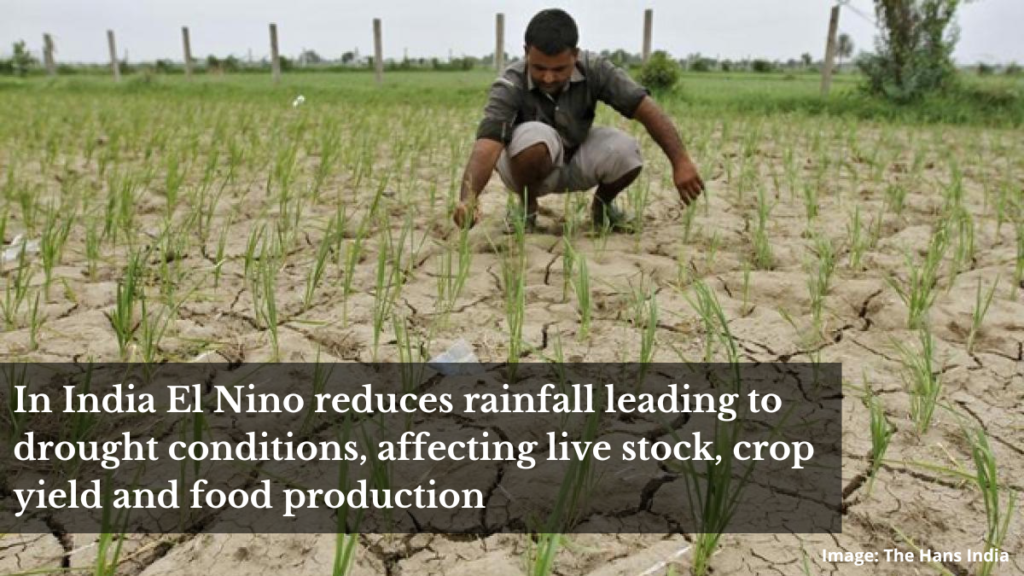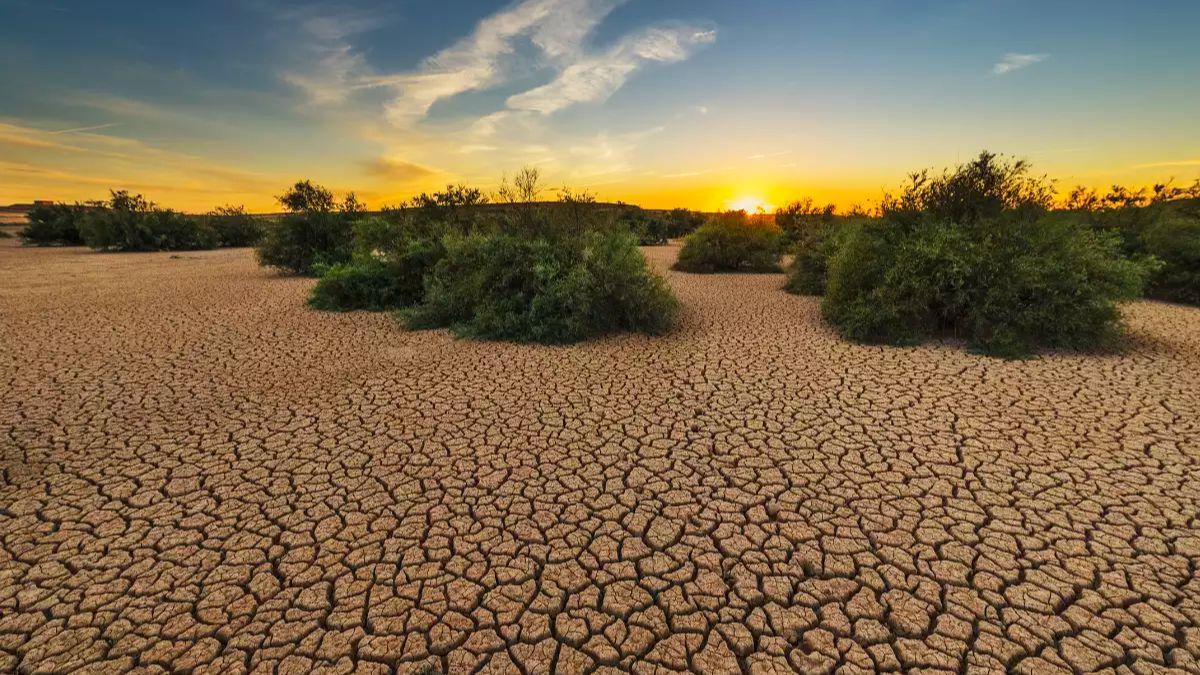The global economy faces a looming threat as scientists and meteorologists warn of an approaching El Nino event that could have significant repercussions on multiple sectors. The potential impacts of this climatic phenomenon extend beyond natural disasters and extreme weather events; they also pose a grave risk to the world economy.
While El Niño events are not uncommon, the severity of their impact can vary. The last significant El Niño occurred in 2015-2016 and resulted in devastating consequences, including widespread crop failures, disrupted food supplies, and economic losses in various countries.
The potential economic damage caused by this El Niño event is estimated at a staggering $3 trillion. Such a financial loss would be detrimental to the global economy, affecting industries ranging from agriculture and tourism to manufacturing and finance. The repercussions would be felt worldwide, with job losses, decreased consumer spending, and disrupted supply chains.
In India, a country heavily reliant on agriculture, the impact of an El Niño event could be particularly severe. The agriculture sector, which employs a significant portion of the population, is susceptible to the adverse effects of extreme weather patterns. Crop failures and reduced yields would not only affect the livelihoods of farmers but also lead to increased food prices and potential social unrest.
Furthermore, coastal regions across the globe could face heightened risks from storm surges and increased frequency of tropical cyclones. Infrastructure damage, loss of lives, and displacement of communities are possible consequences if preventative measures and disaster preparedness are not implemented effectively.
El Niño’s Economic Impact
El Niño refers to the warming of the tropical Pacific Ocean, resulting in a shift in weather patterns across the globe. This climatic phenomenon, which occurs irregularly every few years, has been historically linked to droughts, floods, and storms that can ravage countries and regions. However, its consequences are not limited to the environmental domain. Economic sectors such as agriculture, energy, tourism, and supply chains are highly susceptible to disruptions caused by El Niño.
Agriculture and Food Security

One of the sectors most profoundly affected by El Niño is agriculture. Erratic rainfall patterns, prolonged droughts, and extreme temperatures can significantly impact crop yields, leading to reduced agricultural output. India, one of the world’s largest agricultural economies, could face severe consequences, as nearly 60% of its farmland relies on monsoon rains. Reduced agricultural productivity not only poses a threat to food security but also triggers inflationary pressures due to increased food prices.
Energy and Infrastructure
El Niño can have a cascading effect on the energy sector. Hydroelectric power generation, which heavily relies on consistent water availability, can suffer due to reduced rainfall and diminished water resources. This places an additional burden on countries already grappling with energy demands, potentially leading to power shortages and increased reliance on costlier energy sources. The ripple effect extends to infrastructure, as power outages can disrupt manufacturing processes and hamper economic productivity.
Tourism and Travel
The tourism industry, a vital source of revenue for numerous countries, is highly susceptible to El Niño’s impacts. The shift in weather patterns can lead to extreme weather events, making popular tourist destinations vulnerable to hurricanes, floods, and other natural disasters. Such events not only damage infrastructure but also deter tourists, leading to a decline in tourist arrivals and revenue losses for local businesses, hotels, and airlines.
Supply Chains and International Trade
Global supply chains are intricately interconnected, making them vulnerable to disruptions caused by El Niño. Disrupted transportation routes, damaged ports, and delays in cargo shipments can lead to increased costs, reduced efficiency, and logistical nightmares for businesses worldwide. The resulting bottlenecks can affect industries ranging from manufacturing to retail, ultimately impacting international trade and economic growth.
Preparedness and Mitigation Efforts
Recognizing the severity of the situation, governments and organizations worldwide are working to enhance preparedness and implement mitigation measures. Early warning systems, improved disaster management protocols, and resilient infrastructure investments are critical to reducing the impact of El Niño events. Collaboration between nations, sharing of information, and robust contingency plans can help safeguard economies and protect vulnerable sectors.
Conclusion
As the global economy faces the potential onslaught of an approaching El Niño event, the need for proactive measures cannot be overstated. The estimated $3 trillion loss underscores the urgency to strengthen resilience and develop strategies that mitigate the impact of this climatic phenomenon. Governments, businesses, and individuals must recognize the interconnected nature of the world economy and take collective action to safeguard industries, ensure food security, and promote sustainable growth. Only through proactive measures and international cooperation can we mitigate the adverse effects of El Niño and build a more resilient global economy.




































